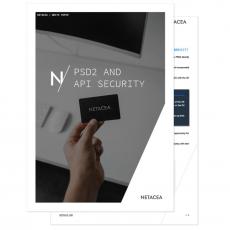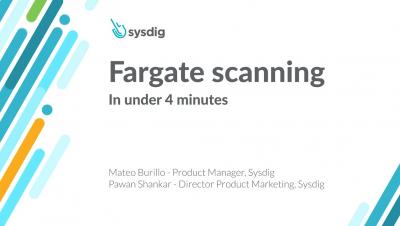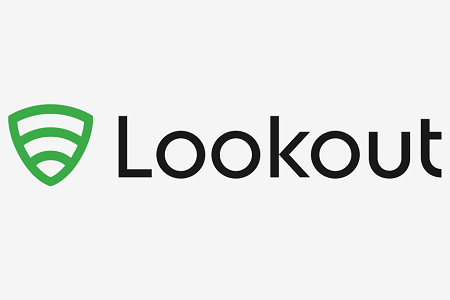What Are Cloud Leaks?
It seems like every day there’s a new incident of customer data exposure. Credit card and bank account numbers; medical records; personally identifiable information (PII) such as address, phone number, or SSN— just about every aspect of social interaction has an informational counterpart, and the social access this information provides to third parties gives many people the feeling that their privacy has been severely violated when it’s exposed.










